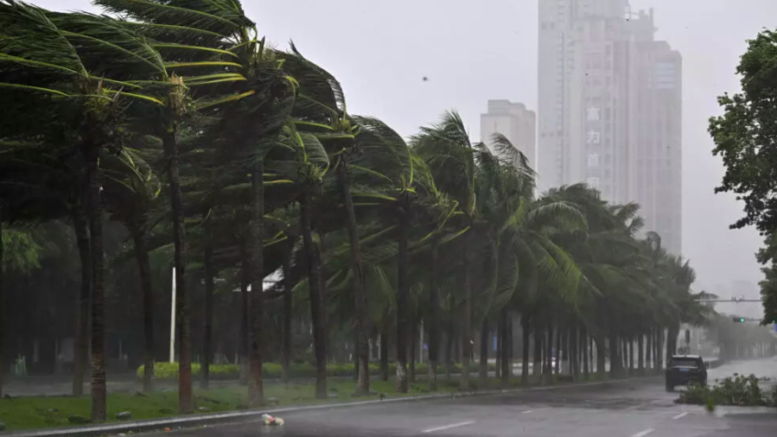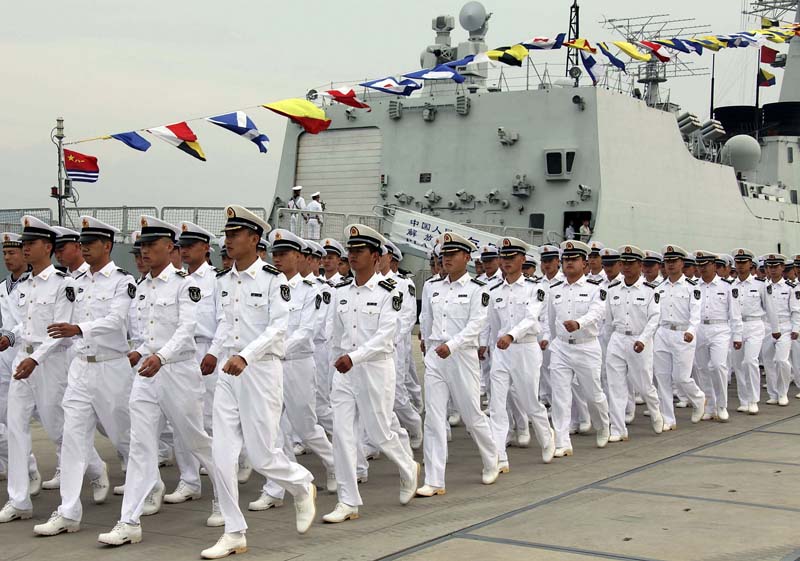Introduction
Hainan, a popular tourist destination located in southern China, recently fought off against its most severe tropical cyclone in over a decade this past September. Typhoon Yagi, reaching wind speeds of up to 305 km/h (190 mph), led to the immediate evacuation of around 400,000 citizens just before the typhoon’s arrival. The fear of extreme flooding and landslides prompted the government to quickly shut down what would be “unsafe” transportation, including trains, boats, and flights.
Hurricanes vs Typhoons
Popular past precedents of hurricanes, including hurricane Katrina, have always brought up questions surrounding the differences between hurricanes and typhoons. Although both are considered tropical cyclones and share similar characteristics, the only difference is that the storm is classified based on its touchdown location. Hurricanes occur in the North Atlantic, central North Pacific, and eastern North Pacific. On the other hand, typhoons occur in the Northwest Pacific. But if it is located in the South Pacific or Indian Ocean, scientists generalize the term into tropical cyclones.
Tropical cyclones occur only when the conditions are perfect: pre-existing weather disturbances, warm tropical oceans, moisture, and light winds. When these conditions co-exists for a long enough time, they eventually combine to produce intense winds and rains, hence the name cyclones.
Local Impact of Typhoon Yagi
Along with affecting Hainan, Taiwan faced the most severe impacts of the tropical cyclone. Starting on September 7th, Yagi lasted for 10 days, leaving a path of destruction in its wake.
With over 103 people still missing, Prime Minister Pham Minh Chinh assured citizens that the country would not stop its search until the missing were found. By employing 500 personnel with dogs, they hope to find the missing before their time frame runs out. Unfortunately, a confirmed 233 deceased and over 800 recovering from injuries have been a result of landslides and flash floods related to typhoon Yagi.
In Northern Vietnam alone, the amount of damages accumulated to over 40 trillion VND ($1.63 billion USD). Yagi’s path of destruction caused an unprecedented amount of damage to East Asian countries. Around 80-90 percent of businesses affected by the typhoon faced power and communication cutoffs. 20-30 percent of businesses faced logistical and transportation issues or complete shutdowns due to road erosion. 50-60 percent of factories and homes faced severe flooding from the typhoon, with nearly 2.3 million livestock and poultry dead. One of the biggest economical impacts from the typhoon originated from the over 262,000 hectares of rice, crops, and fruit trees being damaged and uprooted from their original locations.
Concluding Thoughts:
As affected surrounding regions start to assess the damage left by typhoon Yagi, the cyclone’s widespread destruction shows the long road that government officials and local families have in front of them. From infrastructure damage to agricultural losses, Yagi’s impact has left a large impact on local economies and recovery efforts. However, continued search and rescue operations, like those underway in Vietnam, show the readiness of those affected to recover.






Be the first to comment on "After the Storm: China and Vietnam Rebuild Post-Yagi"